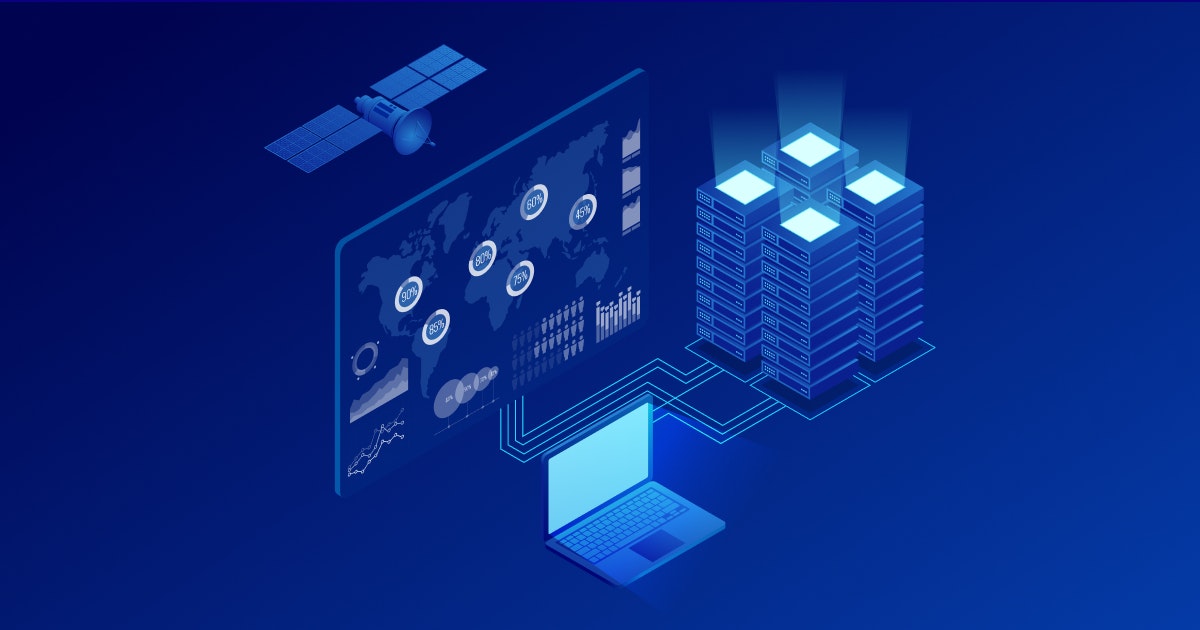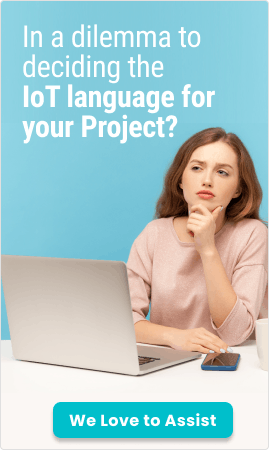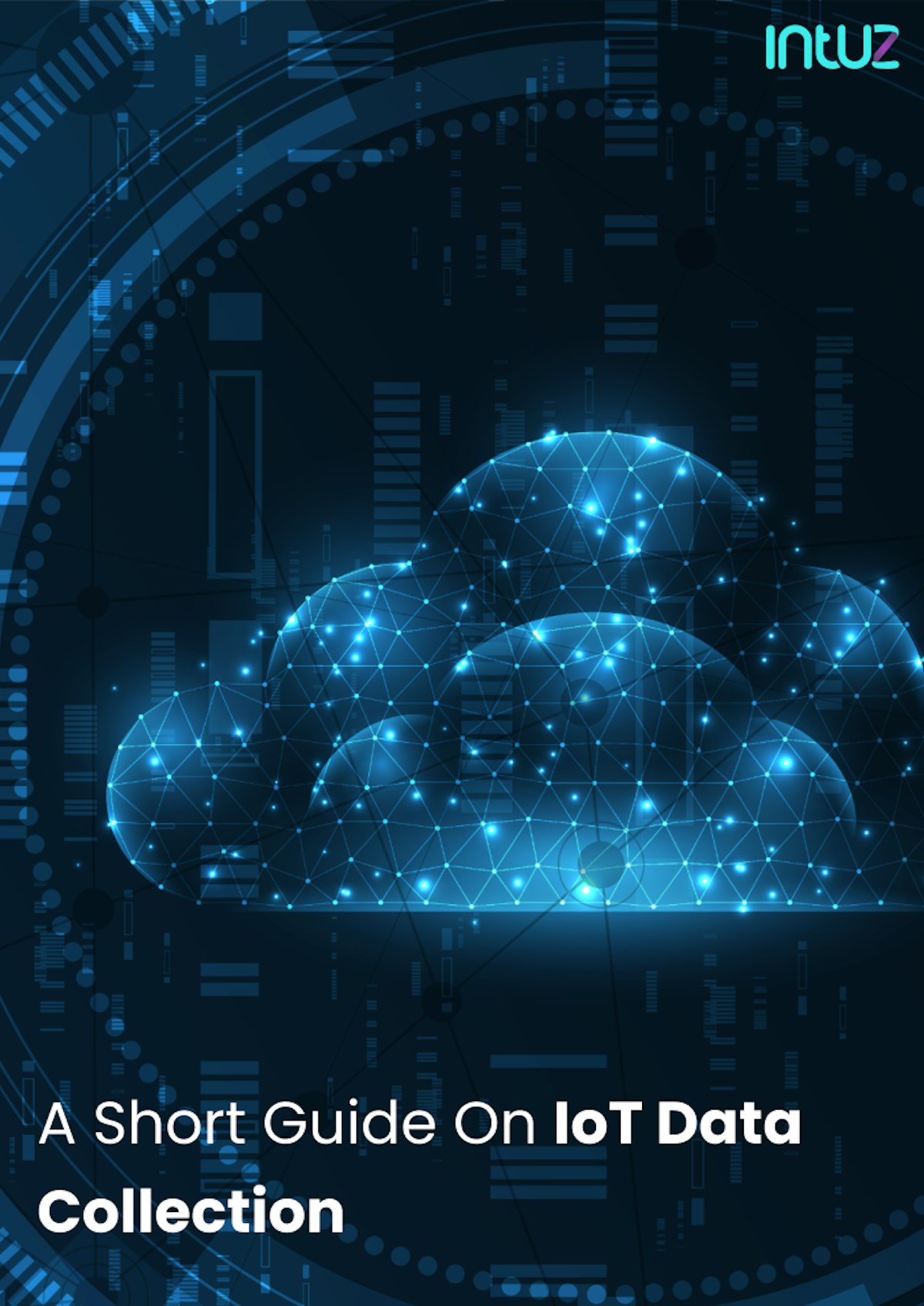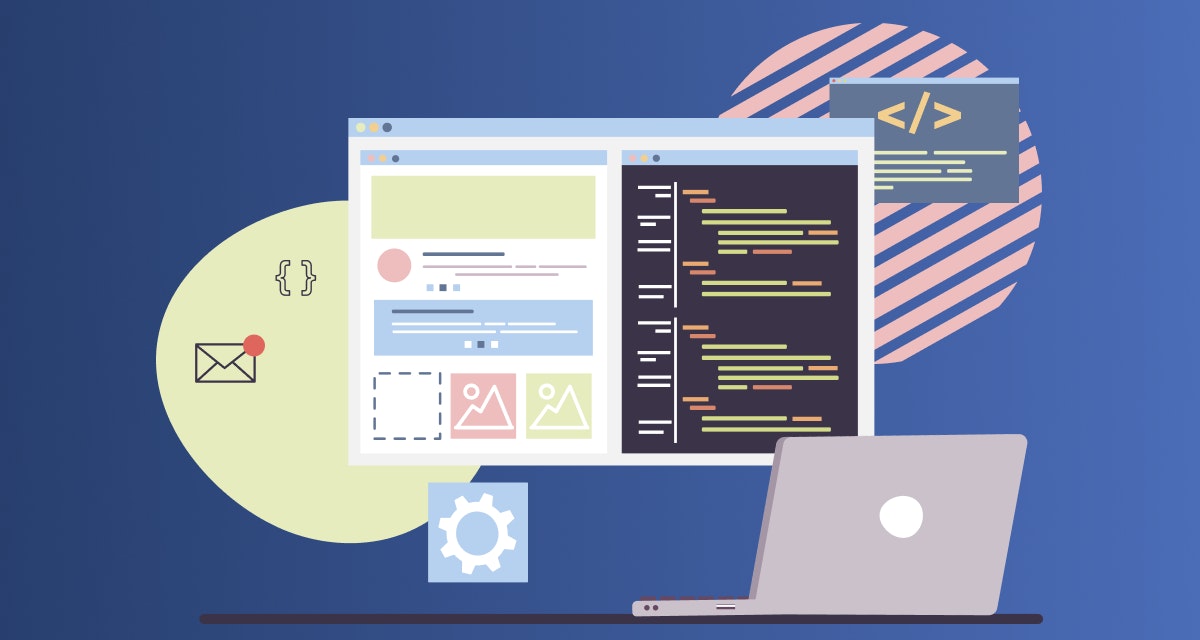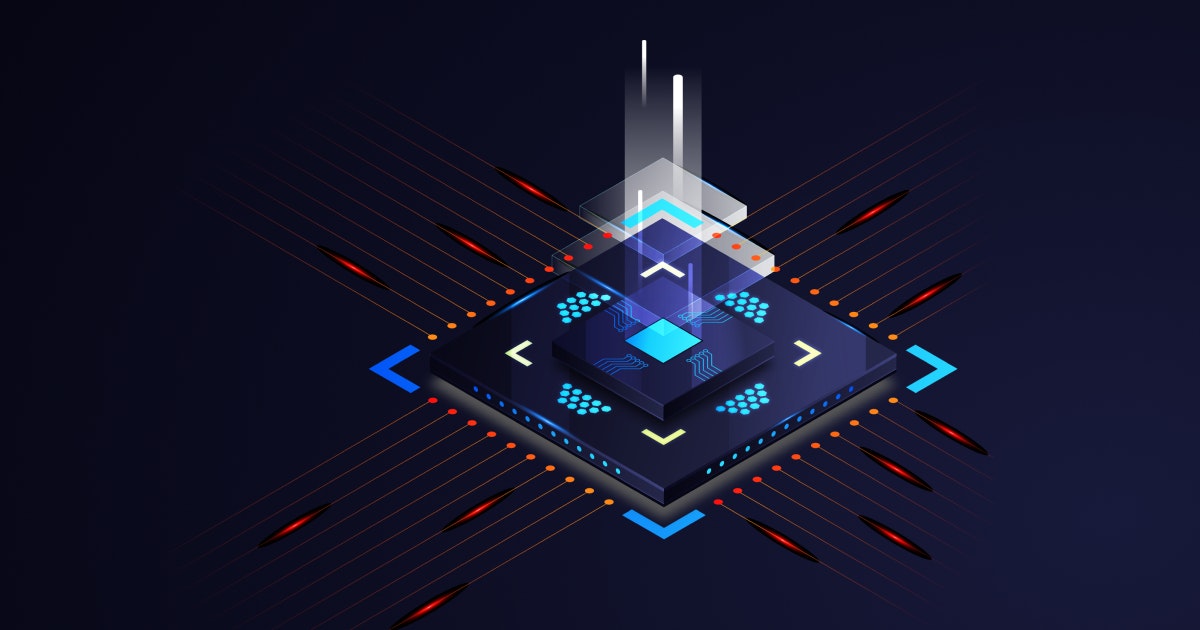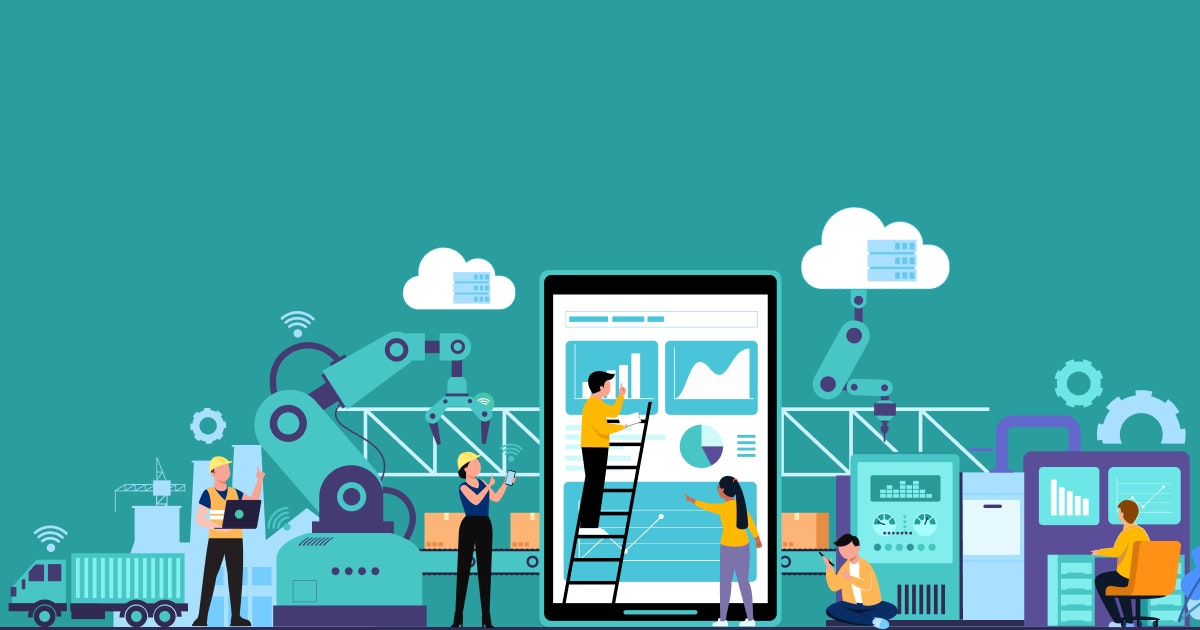Table Of Content
The computing and computer hardware ecosystem is rapidly evolving. What trended a year ago may be considered outdated in today's world. That is how fast the market innovates, including the tech hardware industry comprising peripheral devices, semiconductors, modules, and so on.
In 1999, when British technologist Kevin Ashton came up with the concept of the Internet of Things (IoT), defining a network connecting people and objects around them, little did he know IoT would become such a huge phenomenon.
IoT is a vast network of connected objects gathering and studying data and autonomously performing tasks. For IoT developers, selecting the right hardware can be of significant concern. After all, it forms the heart of every connected IoT project.
There is no dearth of IoT hardware products and providers in the market, with each having different features or providing unique capabilities. Since you are spoiled for choice, finding the right products matching the needs of your IoT app development project is challenging.
Fret not — we have done the homework for you. Here is an article that discusses five common IoT hardware pieces that can come in handy in developing your IoT project. But first, let us get a few things out of the window.
IoT hardware trends and use cases
Given how quickly the IoT landscape has evolved in the past decade, there is no surprise the hardware industry has made great strides as well. Here are top notable trends and use cases of IoT hardware you must know about:
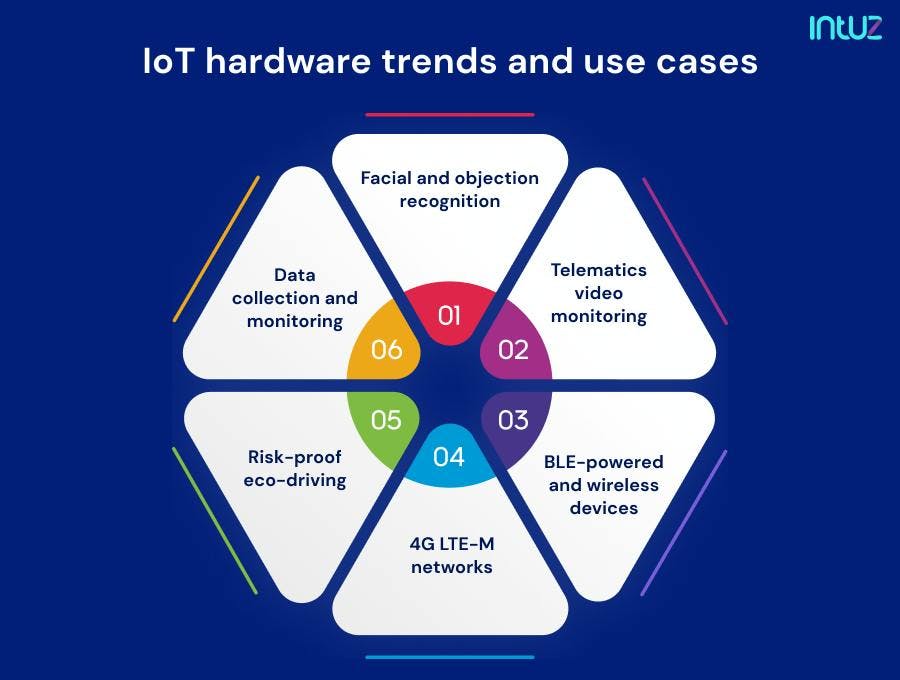
1. Facial and objection recognition
Using video for tracking and monitoring faces and objects is on the rise due to such recognition technologies. To ensure visibility in extreme conditions such as heavy rain, snow, or foggy conditions, IoT-enabled cameras use thermal imaging that measures heat and produces images.
2. Telematics video monitoring
5G networks have the potential to revolutionize the telematics video monitoring industry by offering greater bandwidth and lower latency. It will ensure that users get an uninterrupted connection to their fleet camera systems irrespective of the weather and traffic conditions.
3. BLE-powered and wireless devices
BLE and wireless sensors make wireless data transfer easier. The technologies are used in many fields, including healthcare, retail, and security, as they are intuitive enough to embrace an increasing number of sensors.
There are several advantages of using BLE and wireless sensors for sending information, such as long-range transmissions with more straightforward network deployment options.
Wireless sensor manufacturers are getting new opportunities to build devices that have broader applications. This includes creating a robust selection of sophisticated BLE-powered devices and solutions to expand the scope and performance of telematics services.
4. 4G LTE-M networks
The 4G LTE-M network is quickly replacing 2G and 3G technologies because they cannot accommodate the growing number of connected IoT devices.
4G LTE-M networks offer the best possible solution for IoT devices because they both utilize less power and have a longer range. The 2G and 3G networks will soon be discontinued in many countries such as the US, Mexico, France, Germany, Canada, and India.
Therefore, equipment manufacturers must keep up with the rising demand for 4G-compatible devices as more businesses switch to next-generation networks.
5. Risk-proof eco-driving
Eco-driving is an innovative solution that helps businesses take better care of their fleet and control employee safety. The system enables employers to monitor when drivers speed up, brake hard, or use the car carelessly by collecting information from sensors.
The collected data can be analyzed to calculate how much wear and tear there has been on different trip segments. They use the data to predict maintenance and repair requirements.
Even insurance companies are now tapping into the eco-driving data for analyzing risk and incident investigation. Big Data enables eco-driving by incorporating sophisticated trackers and smart devices for data collection.
Device manufacturers and business owners can use this information to improve their products and services. For instance, GPS tracking manufacturers can explore new business opportunities such as autopilots and intelligent road infrastructure.
5. Data collection and monitoring
Data monitoring is becoming complex as companies want access to every aspect of their business so they can control things from afar. The increased amount of data collected by IoT devices will maximize their efficiency.
Well-organized and stocked data sets will allow companies to manage and optimize resource usage while ensuring compliance with regulations. IoT hardware manufacturers must develop new trackers to pick complex data and deliver more extensive information sets.
These advanced devices must be capable of receiving data from a large number of sensors and work together seamlessly.
Top five IoT hardware platforms
Since we do not want to overwhelm you, here are the top IoT hardware solutions that you can rely on — we examine the development environment offered by each and how they compare against each other. Let us begin:
1. Adafruit
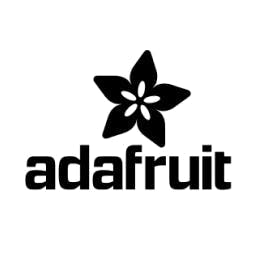
An open-source hardware provider, Adafruit offers an extensive suite of IoT accessories to accelerate IoT app development. It allows newbies to build DIY projects in the electronics space.
Adafruit offers a line of products under Feather and sells IoT hardware from other companies. Feather is helpful for various IoT projects. Engineers can try their hand at remote monitoring and control projects such as pet tracking and air quality detection.
Adafruit board is a low-energy computer with multiple connectivity options, including Wi-Fi, Bluetooth, LoRa, and radio connectivity.
They are ideal for embedding into IoT solutions, and some boards even have pre-built storage. Adafruit can drive power from a MicroUSB cable or a lithium battery and be put into "sleep" mode to save energy.
They make data logging easy, allowing you to collect different data types. The Adafruit Feather is an open hardware design that can be used with other similar IoT development boards.
With a standard form factor and the ability to wear different accessories called "feather wings," developers can access many unique interfaces with Adafruit. Their official blog and forum offer a lot of information and support to help you build an IoT project.
2. SparkFun Electronics
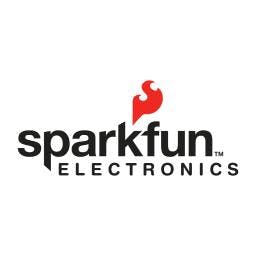
SparkFun is an enormous marketplace selling different kinds of cellular IoT products. It has products you would need to build anything IoT-related, including LTE antennas, cellular IoT boards, and even accessories on the online store.
Their simple starter kits include many data acquisition components. They also provide data processing and storage capabilities with Bluetooth and Zigbee connectivity. You can augment the boards to support Wi-Fi and cellular connectivity such as LTE Cat M-1 or NB-IoT.
From well-designed breakouts and starter kits, SparkFun now offers IoT development boards. These can be used to build embedded electronics with more than 2,000 open-source components and modules.
SparkFun's new Micro mod system is a modular system having interchangeable processors and carrier boards. The company allows you to build projects as per your needs using various peripherals, such as processor boards and carrier boards.
SparkFun's Arduino kits are a great way to build electronics and programming devices. They come fully equipped, empowering even beginners to make IoT platforms right away.
You can consult their guides to prototype your application, while community support is also available on their forums. SparkFun's power management add-ons allow you to work in the power-saving mode while prototyping.
3. Espressif
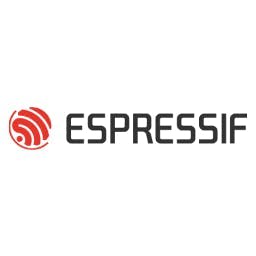
Extremely popular among IoT developers, Espressif offers all-in-one microcontrollers, chips, and development boards with several functional built-in modules.
Espressif products do not require you to purchase add-ons for enhanced functionality, unlike other boards. Specializing in chips that support a high level of integration, Espressif aims to help you easily design, manufacture, and deploy IoT devices.
Espressif boards are great for prototyping and providing simple proof of concept. They also offer several software solutions to help you manage your home devices and integrate wireless connectivity into products.
Installing these boards allows you to include image transmission or voice recognition features. You can even find a variety of ports for connecting external devices, such as LCD monitors, RGB LEDs, and camera headers.
The company also deals with IoT boards capable of acquiring and transmitting sensor data. You can opt for an add-on MicroSD card or cloud storage. Their IoT kits are equipped with port-to-USB bridges and MicroSD slots, allowing cable and wireless connectivity.
Though Espressif does not support cellular connectivity, other wireless methods like Wi-Fi and Bluetooth are available. Esprissif's IoT hardware solutions consume less power and have several sleep mode options.
You can pick from light, modem, and deep sleep options based on the power requirement. There is something for everyone on Espressif.
4. Arduino
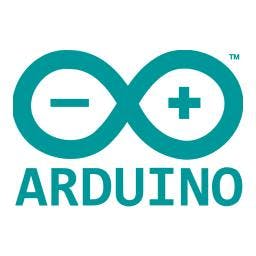
If you have been in the IoT industry long enough, you would know that Arduino is a reputed brand of DIY prototyping products and is popular among engineers for the immense volume of support resources available.
You can pick from their various open-source development kits, software tools, and microcontrollers for building connected products for your project. They provide open-source software to support their products.
Arduino boards offer data acquisition, processing, and storage features that are easy to deploy with little understanding of design. They support data logging in real-time through Wi-Fi or even the hardware's serial port.
Most hardware options also have built-in RAM for temporarily storing data. They also support wired and wireless connectivity through Wi-Fi, Bluetooth, NB-IoT, LoRa, and SigFox.
Most Arduino products have power-saving settings with options for standby, stay idle, sleep, and power-save modes. In addition, the Arduino MKR family is a new generation of boards from Arduino. The category aims to make prototyping connected IoT devices more manageable and more accessible.
The MKR family has smaller form factors and consumes less power than previous generations, making them perfect for IoT development. They use the latest IoT technologies to deliver products that are timeless.
Another similar innovation, the Arduino YÚN, offers users Wi-Fi-enabled connectivity for their IoT app development projects while also communicating wirelessly using Linux distribution, which can be used according to the development requirements.
5. Raspberry Pi
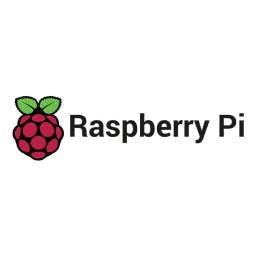
Raspberry Pi offers personal computer kits for your IoT development processes, from single-board computers to microcontroller boards and chips. Well-known for their accessibility, these single-board-based computers run on Linux.
Though not scalable, products from Raspberry Pi are an excellent way to develop a proof-of-concept. The Raspberry Pi IoT hardware piece is a low-cost, easy-to-use computer that you can build for any IoT application.
They offer multiple data input options and built-in memory for data storage and processing capabilities. You can connect your Raspberry Pi board wirelessly over an Ethernet cable or using a specialized cellular network adapter.
The Raspberry products lack power management options and are not suitable for large-scale projects. The new Raspberry Pi 3 Model B+ is the best of its kind. They come with a 1GHz quad-core processor, 64-bit architecture, and dual-band wireless LAN.
The Model B+ is a much-needed upgrade to the original Raspberry Pi. It offers many kinds of ports, pins, and space for your projects with better audio capabilities than the earlier version.
On the other hand, the Compute Model 4 is a powerful and dynamic board that can be used for building enterprise-level applications. Raspberry Pi's products have been reliable and offer plenty of capabilities, with more available through upgrades or add ons.
They also have several active online communities where developers seek guidance, share success stories, and collaborate on new projects.
Factors to look for in an IoT hardware platform
Before starting the IoT app development process, consider your goals for the device you are designing. Please view performance requirements and timelines, the expected number of prototypes, and the operating environment for deployment.
Here are a few things to consider during the early planning stage:
- IoT is a fast-developing technology with the potential to revolutionize our lives. There can be countless uses for IoT devices and sensors, from health care to home security. Before investing in IoT hardware, you must define what your IoT device will do. Make decisions about how to gather, transmit, and store data.
- The data from your IoT device will be gathered and processed at the edge, so you should consider what kind of hardware needs it has before getting too far into development. For instance, a water meter requires less processing power than a smart video system. The more complex your IoT project, the higher processor power and storage you will need.
- You must also identify the type of connectivity required for your project. For example, if your device might wander places a lot, then Wi-Fi might be the best bet for the job. It would be best to rely on it since it has a broader range than Bluetooth or cellular options. However, that is not always true, as sometimes your IoT platform may have lower power needs, and LPWAN may be a better option instead.
Over to you
The trends in IoT indicate rapid growth in the sector, with the global IoT market expanding at a CAGR of 10.53% from 2022 to 2027. With the increased popularity of the technology, there is bound to be an increase in IoT hardware platforms.
Depending on what you want to use your platform for, you can decide to pick the right IoT hardware. Consider the tools and tips shared above to quickly and easily build your connected devices. A suitable IoT hardware piece based on your needs will allow you to get started on engineering smart connected devices of the future.
Looking for support in IoT hardware development? Let our experts collaborate with your hardware designers and launch IoT-embedded apps for IoT devices conveniently. Please get in touch with Intuz.
